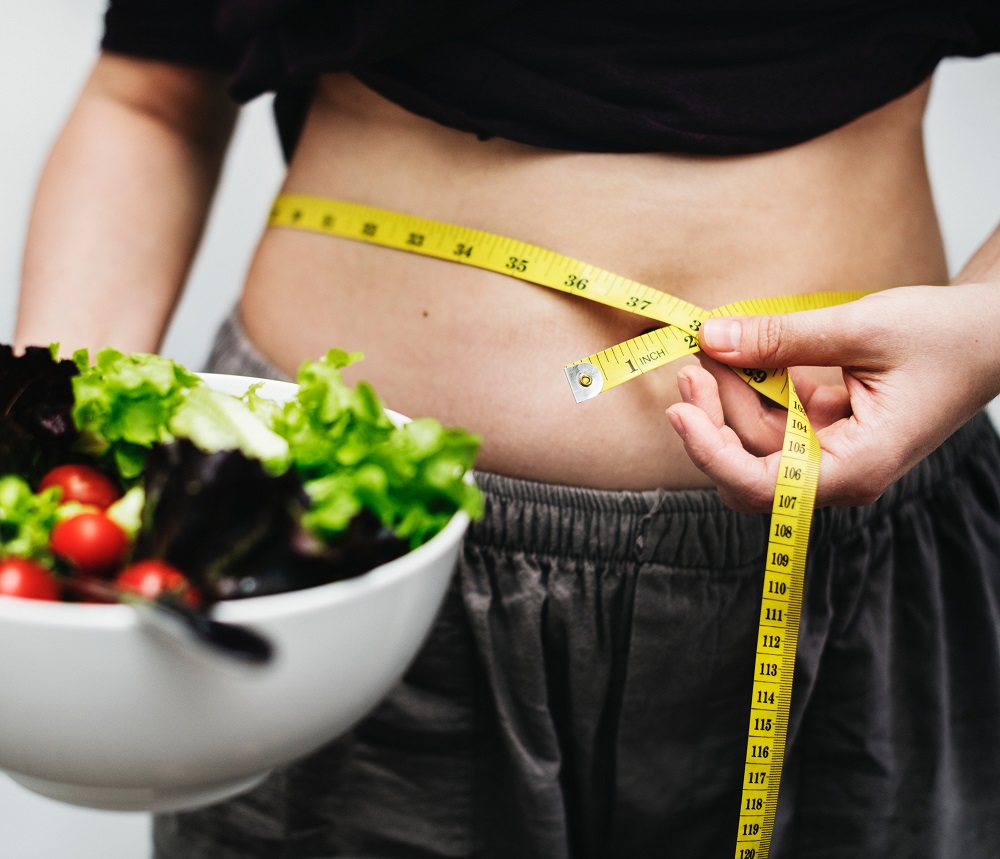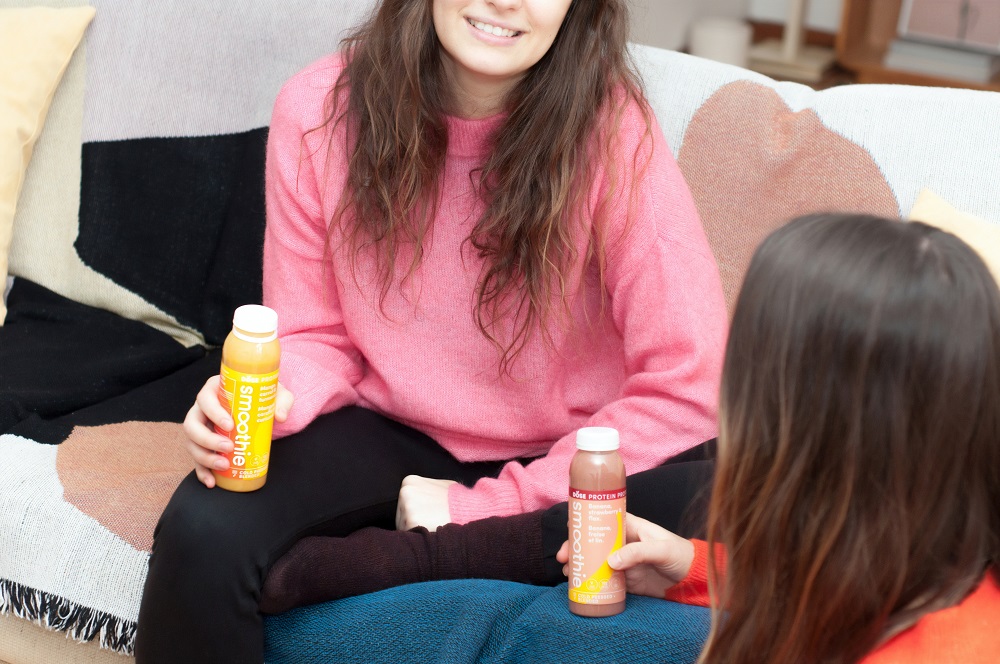Let me be clear: I’m not what you would call a “health buff”. Yes, I exercise and I try (emphasis on try) to maintain a balanced diet, but I’m not going to say no to a cheeseburger from time to time, or a scoop of ice cream (or three).
To balance out my unhealthy choices, I make it a point to eat healthy after binging on a bucket of popcorn or something. It makes sense in my head (although I’m sure many fitness experts will shake their head at me), and it’s made me feel good about making bad decisions here and there.
So imagine my surprise, nay, my heartbreak, when I found out that the “healthy” foods I’ve been eating are secretly just as bad, if not worse, than my binge foods! How dare they!
Nutrition experts have called these following foods out for being unhealthy and for misleading suckers like me to bingeing on them whenever I want to feel healthy:
Protein Bars
 Protein bars promise a LOT: a tasty snack that is packed with proteins and other nutrients that’s good for you but without the bad stuff like sugar and trans fat. But the exact opposite is true: studies show that most commercially-available protein bars contain more than 15 grams of sugar per serving. Considering that the American Heart Association’s recommended sugar dosage is at 24 grams per day, this is not good.
Protein bars promise a LOT: a tasty snack that is packed with proteins and other nutrients that’s good for you but without the bad stuff like sugar and trans fat. But the exact opposite is true: studies show that most commercially-available protein bars contain more than 15 grams of sugar per serving. Considering that the American Heart Association’s recommended sugar dosage is at 24 grams per day, this is not good.
And get this: most commercially-available protein bars contain massive amounts of trans fat and other fillers. The real shocker? They don’t contain nearly as much protein as they advertise. Heartbreaking.
Nutritionists advise people to get their protein from whole foods instead, particularly protein-rich foods like meat, legumes, poultry, beans, fish, or eggs. Depending on they’re prepared, they taste better, are healthier, and aren’t lying to you like protein bars are.
“Healthy” Smoothies
Now, I’m not saying that the stuff you get in juice bars and smoothie bars aren’t made from real fruit and veggies, they most likely are. But therein lies the problem: while they do contain essential vitamins, minerals, and especially antioxidants, they also condense an obscene amount of sugar into a single serving. While there’s nothing wrong with blitzing down as many vegetables as you can get down your gullet, the same amount of fruit could mean trouble.
That’s the tricky thing about fruits: eating them whole has so many advantages, it would take a separate article to talk about them. However, once they’re juiced, they lose a lot of those things that make them so healthy for you. Fun fact: a single banana can contain as much as 10 grams of sugar. Now, imagine how many bananas it takes to make that large banana-strawberry-kiwi smoothie you like so much.
But if you just can’t help yourself, it’s best to keep your smoothie as healthy as possible by limiting yourself to one serving of fruit per 8oz. As for the veggies, pile on as much as you can.
Snacks that are “Gluten-Free”
 Gluten is a magical, albeit unhealthy in large quantities, compound that gives food that chewy texture. Aside from the texture, gluten also improves taste, and is an essential component of foods like pasta noodles, breads, cupcakes, and many more.
Gluten is a magical, albeit unhealthy in large quantities, compound that gives food that chewy texture. Aside from the texture, gluten also improves taste, and is an essential component of foods like pasta noodles, breads, cupcakes, and many more.
Now, when manufacturers make something gluten-free, they’re ripping out flavor and texture from their product. To compensate for this, they usually use fillers like, you guessed it, sugars and fats. In the long run, commercially-available “gluten-free” snacks are just as bad as regular snacks, except they taste terrible. What a bargain!
On a side-note, though: if you have celiac disease and/or are gluten-sensitive, of course you should stay away from gluten as much as you can. However, avoid gluten by either making your own gluten-free snacks (there’s plenty of recipes online), or buying products from brands that you really trust.
On another side-note, I was being polite: unless you have celiac disease, you’re not sensitive to gluten. Don’t be that guy.
Multigrain Bread
I used to LOVE Multigrain Bread: it looks healthy, sounds like its healthy, but it still tastes as good as regular bread! But much to my dismay, it’s all fake advertising.
Well, not quite. Multigrain breads don’t like about having multiple grains; however, manufacturers aren’t necessarily required to tell consumers about how refined these grains are. Extensively refined and processed grains lose their fiber and most importantly, their bran and germ. The bran and germ is well all the good stuff is like vitamins and minerals. Remove that, and you’re left with a loaf of carbohydrates that make you gain weight and spike your blood sugar.
If you still can’t resist their appeal (like me), make sure that you get multigrain bread with whole grains like oats or rye, and make sure they are as unprocessed as possible.
Nut Butter
 This is actually a tricky entry: on one hand, most nut butters are good for you: a spoonful of sesame or almond butter is a great and tasty way to add protein into your diet. However, too much can be a bad thing.
This is actually a tricky entry: on one hand, most nut butters are good for you: a spoonful of sesame or almond butter is a great and tasty way to add protein into your diet. However, too much can be a bad thing.
Much like the other foods in this list, many commercially-available nut butters contain massive amounts of sugars, trans fats, and other chemical additives. Yes, even the ones labeled “all-natural”! These all contribute to increasing your bad cholesterol intake and increase the chance of heart disease. The best way to avoid this is to read the ingredients list carefully. Make sure you’re getting something that contains zero additives, and also make sure you don’t binge: a single tablespoon of most nut butters contain more than 90 calories.
Due Diligence
The best way to avoid eating unhealthy snacks? Read the label as much as possible, shop only in stores that carry trusted brands, and always do your research. Of course, the best way to avoid them is to make your own snacks. It takes time and effort, but by making your own “healthy” foods, you can ensure their quality and you can ensure that you pack it with as many vitamins and minerals as you’d like. The best part? If you lie about what you put in, you’re only lying to yourself.



